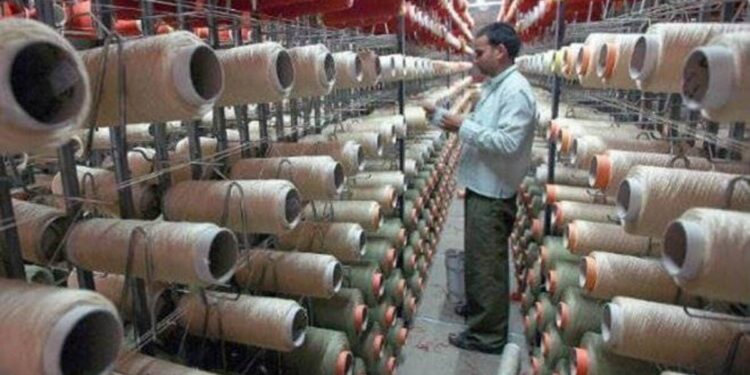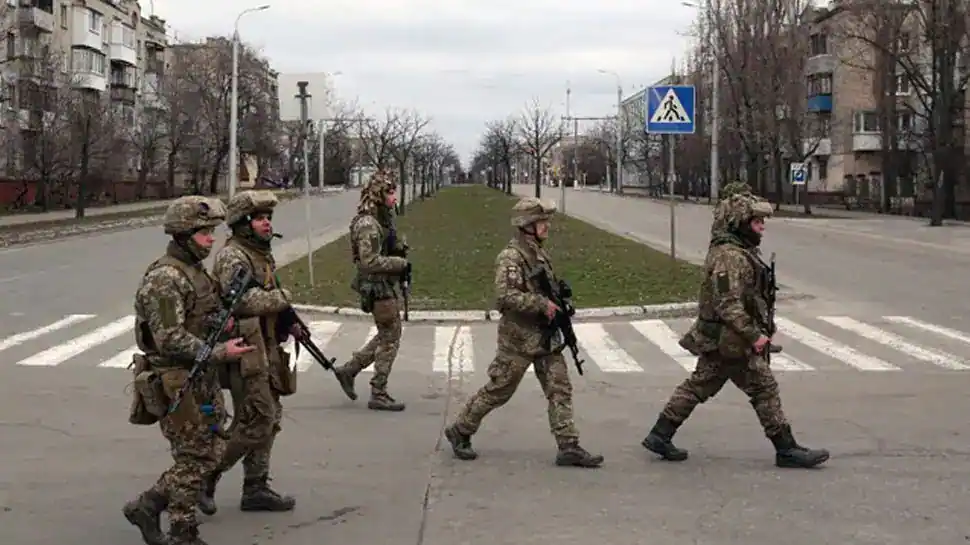 A major proportion of B2C SMEs operates in the informal sector, irrespective of their location. (Representative Image)
A major proportion of B2C SMEs operates in the informal sector, irrespective of their location. (Representative Image) SMEs form one of the major pillars of the Indian economy is an established fact due to their immense contribution to employment, national income, and exports. Their contribution in terms of innovations is hardly measured at the national level, and therefore, goes largely unnoticed. The unexpected engulfing of the global economy by Coronavirus jolted the Indian economy as well including its SMEs. The Covid-19 first wave (FW) and the national lockdown implemented to contain it during March-May 2020 gave an unprecedented blow to this vibrant sector. It had otherwise got accustomed to emerge and work continuously under constraints/challenges of various kinds: the most important being first, accessing finance in the right quantity and at the right time, second, attracting and retaining qualified workforce, and third, penetrating regional, national and international markets. The emergence of the Covid-19 Second wave (SW) is equally unexpected, for which the sector is ill-prepared, as it has hardly recovered from the blow received from the first wave.
The second wave of Covid-19 is likely to make a devastating impact on the SME sector in India, which has become fragile due to the onslaught of Covid-19 FW. This is so despite its known merits such as flexibility, adaptability, simple organizational structure, effective internal communication between owner and employees, etc. However, national and cross-country data suggest that relative to large firms, SMEs have lower productivity and wage levels, more often comprising obsolete technology and unskilled or semi-skilled labour, and therefore more vulnerable to supply and demand shocks. Covid-19 FW and SW both have, precisely, generated supply as well as demand shocks to SMEs. A description of these shocks is appropriate to understand the complexity of the problems encountered by Indian SMEs.
As a prelude, it is important to understand the nature/structure of SMEs in India, in terms of their end-market relationship. A major proportion of SMEs serves B2C markets followed by B2B markets, and a minority accounts for a combination of both B2C and B2B markets. In general, B2C SMEs are more fragile, often cash-starved, comprise obsolete technology with unskilled/semi-skilled labour, dispersed across the country, in metros, cities, towns, and villages. They invariably make use of local resources, local skills and meet local needs. On the contrary, B2B SMEs are either metro/city-based or located around large firms, often supported by the latter (in terms of markets, finance, technology/technical inputs, and even human resources). Therefore, they are better equipped with technology, skilled labour, and relatively established markets. The B2C cum B2B SMEs often fall in the second category. A major proportion of B2C SMEs operates in the informal sector, irrespective of their location. In rural India, they are largely own-account enterprises (household enterprises).
It is important to note that only the Economic Census of our country throws light on the magnitude of own-account enterprises (in terms of the number of enterprises and employment). Therefore, assessing the impact of Covid-19 on SMEs is done either by ignoring this segment altogether or based on a guesswork. Of course, we do not have any periodical data gathering exercise even for larger/formal/registered SMEs (excluding SSI/MSME Census, the latest one was done in 2005/06). Given this, the only option for an assessment of the impact of Covid-19 is field surveys or interviews. However, it is possible to gauge the likely impact if one can understand the possible supply and demand shocks that emerge from the Covid-19 crisis.
Also read: Hospitality body FHRAI pleads PM Narendra Modi, others for fiscal measures to avoid ‘complete crumble’
Supply shocks are exhibited as follows: (i) Complete stoppage of production due to the national lockdown (during Covid-19 FW) and regional lockdowns (during Covid-19 SW), (ii) subsequent impact due to a disruption of the supply chain (of inputs and outputs), locally, regionally, nationally and internationally, (during Covid-19 FW) and partial impact (due to Covid-19 SW), (iii) mass movement of labour from metros and cities to towns and villages (during Covid-19 FW) and partial movement (during Covid-19 SW), and (iv) reduced financial flow in the informal money market, thereby adversely affecting the operations and output of informal/unregistered SMEs. As a result, Covid-19 FW would have severely curtailed the output emerging from the SME sector (which account for about 1/3 of the GDP), which was reflected in the sharp negative growth of Indian GDP (according to estimates, GDP would have contracted by about 20 per cent in the first quarter of 2020/21). The impact of Covid-19 SW is likely to be more devastating, despite the absence of nationwide lockdown and state governments dealing with only partial lockdowns in most affected regions (which are more developed regions/states of the country comprising metros such as NCR Delhi, Mumbai, and Bengaluru).
Demand shocks are in the form of (i) severely curtailed consumer demand, which would directly affect B2C SMEs (particularly in consumer goods industries, services such as tourism, hotels, roadside eateries, shops, mobile cart shops, small transport operators, etc.), (ii) curtailed industry demand, which would affect subcontractors (B2B SMEs – intermediate product manufacturers), (iii) curtailed export demand, which would affect both B2C and B2B SMEs. However, only a negligible share of Indian SMEs operates in the export market and therefore disruption in the global value chains of MNCs may not directly hamper Indian SMEs to any considerable extent.
When supply and demand shocks emerge simultaneously and repeatedly, the wounded and already vulnerable sector will diminish in size sharply, thereby affecting employment, income, and even exports. “Inflicting wounds on the already wounded entities will bring down morale and motivation to perform”. Overall, the brunt of lockdowns, national or regional, will be borne by the formal/registered SMEs and informal/unregistered SMEs, which are primarily confined to metros and cities. The SMEs located in towns and villages will bear the brunt due to a decline in informal finance availability. But some of the own-account enterprises (which are primarily meant for meeting local demand, by making use of local resources and local skills) may survive and some (self-financed) may even escape the brunt altogether. Given this, policymakers need to strategize their disbursal of fiscal and monetary stimulus accordingly.
M H Bala Subrahmanya is a Professor, Department of Management Studies at the Indian Institute of Science, Bangalore. Views expressed are the author’s own.
Get live Stock Prices from BSE, NSE, US Market and latest NAV, portfolio of Mutual Funds, Check out latest IPO News, Best Performing IPOs, calculate your tax by Income Tax Calculator, know market’s Top Gainers, Top Losers & Best Equity Funds. Like us on Facebook and follow us on Twitter.
![]() Financial Express is now on Telegram. Click here to join our channel and stay updated with the latest Biz news and updates.
Financial Express is now on Telegram. Click here to join our channel and stay updated with the latest Biz news and updates.













